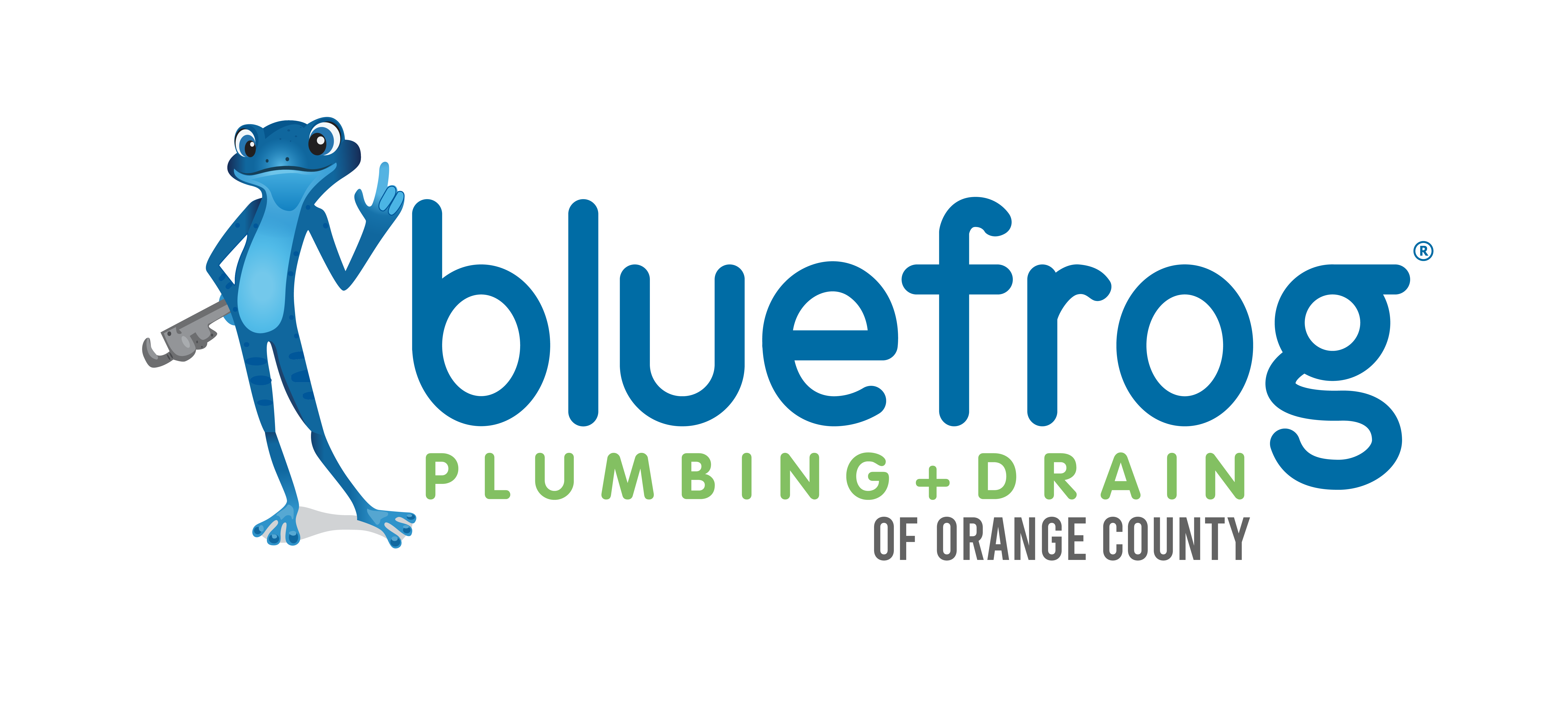Water quality is a popular subject these days. We are told to drink more water to reduce weight, increase heart health, regulate our kidney function, reduce wrinkling skin, and a host of other promises but are we sure we can trust our tap water? In 2022 it is reported that 50 billion plastic water bottles were purchased in the US alone averaging 13 bottles per month for each person. Those figures alone tell a story that people do not have faith in the health of their tap water.
In this article, we will take a look at how tap water is regulated and how the age and type of plumbing pipes can affect water quality. We will learn how inadequate water quality can negatively influence health and dive into new challenges facing the water treatment industry.
The Role Of The Environmental Protection Agency
Without clean and high-quality water our communities could not function. We turn on the faucet and assume the water exiting our plumbing is clean and safe to drink. In fact, Andrew Whelton, Ph.D., says that despite the many minerals such as calcium, copper, iron, zinc, and magnesium found in water as well as other organisms, tap water is safe to drink. But who can determine if that is true?
The EPA sets the threshold for how many microorganisms, chemicals, and minerals are allowed in tap water and they agree that tap water is just as safe as store-purchased or purified water. They set strict limits on over 90 different contaminants such as arsenic, lead, and copper, and monitor ground and surface water treatment.
They also are required to file findings to maintain consumer confidence and interestingly reveal your location has a lot to do with their findings. For example, Pittsburgh, Pennsylvania has tap water that is heavy in lead whereas Orange County, California enjoys water that far exceeds the federal guidelines. The best way to understand your own water structure is to perform regular water testing through a third-party agency. They will break down exactly what is lurking inside your tap water and in some areas, the local utility will list particulates and constituents right on your monthly statement.
Plumbing Systems Matter
As we will see, the water itself is not the only factor that influences your tap water quality. The types of materials used in a home and the age of the plumbing system and even water treatment itself can negatively affect the water exiting your faucets.
Aging Pipes
More than three decades ago, lead pipes were banned from use in the US but that does not mean they are not in existence. Many water distribution comes through old pipework and older homes still have these types of plumbing in operation today. In 2021 the American Water Works Association reported that more than 1 million miles of public pipes need repairing or replacing due to old age and deterioration requiring a 1 trillion dollar investment. They state that ignoring these pipes will lead to more water line breaks, increased expenses for emergency plumbing repairs, and continuous disruption of service. They are not only fragile but they are filled with corrosion adding more danger to tap water.
Pipe Types
Water pipes still in use are steel, galvanized steel, copper, ductile iron, and cast iron which date back to the 1800s. These pipe materials are susceptible to corrosion in community lines as well as individual homes. The corrosive materials build up creating blockages and low water pressure. Pieces of corroding pipe can break loose and end up in the tap water causing poor-tasting and discolored water. Advances over the years have brought new corrosion-resistant pipes into use that is smoother and less likely to form corrosion and trap bacteria.
- PVC: In the 1950s polyvinyl chloride pipes (PVC) became popular and thousands of homes incorporated PVC into their plumbing systems. Unfortunately, years later it was discovered PVC releases carcinogenic vinyl chloride into the water causing unsafe conditions in tap water.
- PEX: Another popular pipe discovery was made with the introduction of polyethylene plastic pipe (PEX). While it was more corrosion resistant it was found to be slightly permeable and allowed the entry of pesticide material into the water supply.
- Copper: Copper piping remains the safest pipe for transporting water. It is durable, long-lasting, and does not leach any harmful particles into the water. It does need a system to balance acidity in the water to avoid pinhole leaks.
Health-Related Issues
Aging and corroding pipework can lead to staining of plumbing fixtures, foul-smelling or discolored water, and, most importantly, health issues. Drinking water from outdated pipes can lead to heavy metal contamination as well as intestinal issues such as vomiting, diarrhea, and nausea.
Lead ingestion is very serious, especially in children, and can result in brain, kidney, and nervous system breakdown with irreversible effects.
Increases in water main breaks also influence health. As pipes separate they open themselves up to the dirt and debris surrounding pipes. This unwanted material can easily slip into the water supply and contaminant it. If a sewer leak is nearby it can send fecal material into the water supply as well. Besides these health issues water and sewer breaks lead to clogged pipes increasing water bills and costing thousands of dollars in repairs.
New Challenges
It is well-known that water treatment plants are unable to remove all of the dangerous materials threatening our water supply but work hard to maintain tap water that is still considered safe to drink. However, there is growing concern in at least two areas that the battle for clean water is being challenged.
PFAS
The EPA has reported that at least half of all faucet water in the US contains what are known as Forever chemicals. These are synthetic compounds collectively called PFASs that are contaminating both private wells and public water. They are produced from seemingly neutral sources such as non-stick pot and pan surfaces, food packaging, and water-resistant material used in clothing manufacturing.
Through unregulated means, these chemicals are making their way into the water supply. The problem has grown to such proportions that the EPA has proposed its first-ever limits on 6 forms of PFAS as it recognizes these chemicals remain in the body for years with suspected harmful effects. A final decision on this proposal is expected by the end of 2023.
Prescription Drugs
The residual from prescription drugs has been found in the tap water of at least 40 million homes. The most common ones are antibiotics, anticonvulsants, and mood stabilizers. The concentration of these is measured in parts per billion or trillion which is far lower than the dosage amount but scientists are still concerned about the long-term effects of these drugs.
Prescription drugs enter the water supply in one of two ways. Not all of the medication is absorbed by the ingesting patient and the excess passes through and is flushed down the toilet. The second method occurs when leftover drugs are regularly disposed of in the toilet. These excess drugs eventually end up at the water treatment facility but not all of them can be removed and some such as cholesterol medication, tranquilizers, and antiepileptics resist treatment altogether.
Want To Improve Your Home’s Water Quality?
As can be seen, tap water treatment is facing some serious challenges. Aging and deteriorating plumbing systems are creating costly repair and replacement scenarios while negatively affecting the tap water coming through our faucets. Although plans are in place to rectify these issues the financial burden may be too high to realistically fix the problems being faced. Thus, the health-related issues will remain and be even further threatened by new chemical dangers and prescription drug use. The future of the water supply is at risk but with new regulations on the horizon perhaps there is good reason to celebrate.
To improve water quality in your home or business you can repipe old plumbing pipes, install water filtration systems, or even install a water softener. As a full-service plumbing company in Orange County, we do it all! Contact us today to schedule an appointment and learn more about improving your tap water.

Slab Leaks: A True Plumbing Emergency
Home building following World War II was aggressive, so many houses were built on cement foundations to reduce the time it took to build them and to keep costs at a minimum. They were
How To Extend The Life Of Plumbing Pipes
A plumbing system consists of a complicated series of pipes, fixtures, and appliances that provide the infrastructure to run a well-functioning home. In this article, we will focus solely on plumbing pipes and ways
3 Silent Signs You Have A Plumbing Problem
Some plumbing issues announce themselves with a fury such as a drain backing up with sewage or a burst pipe, while others remain silent and destructive. In this article, we will reveal 3 signs



